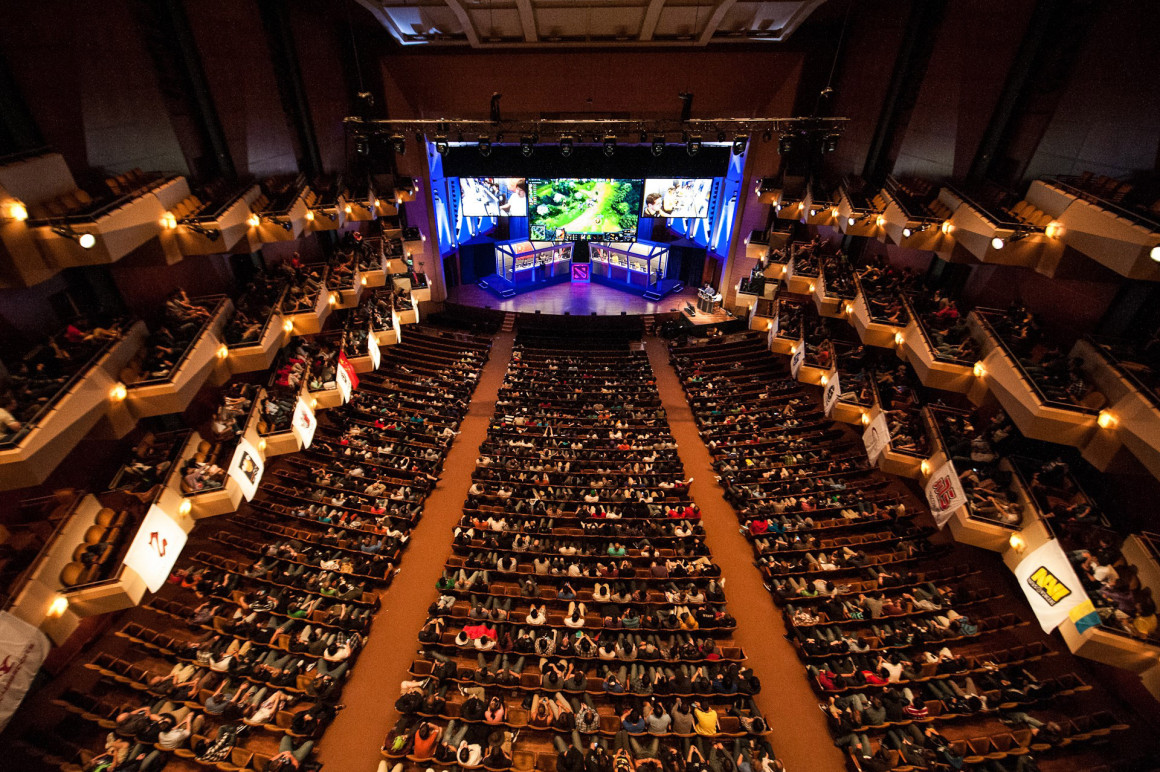
E-sports ready to join the mainstream
By Sean Willett, December 1, 2015 —
After years of trying and failing to grab hold of the public consciousness, e-sports — or competitive video games — are slowly but surely becoming part of the mainstream. Game streaming services are becoming more ubiquitous. The games played are easier to watch and more people are now interested in video games than ever before.
But there’s another, less obvious reason e-sports are growing. As they become more popular, fans are focusing less on the games themselves and more on specific players.
A few months ago, I watched the finals for the Evolution 2015 Super Smash Bros. Melee tournament on the streaming site Twitch. The bracket had been narrowed down to the top eight, and the next match was between Leffen, a tournament-winning Swedish player notorious for his snobby persona, and Plup, a relatively unknown American who wore a panda hat. Everyone expected a blowout, but didn’t get one.
As a streaming audience of over three million people looked on, Plup was able to bring the best-of-three series to 1–1 tie. The final round had me on the edge of my seat — it ended with both players on their last lives, the commentators freaking out and the 1,800 spectators chanting “USA.” Plup finally landed a grab on Leffen, threw him into the air, then caught him with a hard hit on the way down. It was over. And as I stood and cheered along with the people in the crowd, an important realization suddenly hit me — that this was sports.
As someone who enjoys both video games and sports, e-sports seem like something I should have immediately taken a liking to. But they always failed to grab my attention. Despite enjoying games like Super Smash Bros. and Heroes of the Storm, I could never force myself to sit down and watch other people play them.
But then something changed. After watching a documentary called The Smash Brothers, which profiled the lives of numerous prominent Super Smash Bros. players, I found myself suddenly invested in the results of the latest Melee tournaments. I was cheering on the players I liked, and cheering against those I didn’t. I was listening to post-match interviews to hear what players had to say about their performances. I even started reading their tweets to see them trash talk their rivals.
It wasn’t until I started caring about the people playing the games — their stories, personalities and rivalries — that I was able to get invested in e-sports. It’s the same with traditional sports — ask an average NHL fan and you’ll find they likely aren’t watching just because they really like the game of hockey itself. They care about the NHL because they care about their favourite teams and players.
A few years ago, video game fans would be in a tiny minority if they could name even a single e-sports team. But now even I can name a handful of League of Legends teams, despite never having watched a match. Just from browsing through video game news sites I could tell you that American team TSM is currently rebuilding, or that Fnatic just lost a couple of its star players. This is the kind of coverage you see now — news about teams, players and personalities.
This is what fans care about, and what makes e-sports more like traditional sports than I thought possible. It’s our personal connection to the athletes and players that makes sports interesting, and it’s what e-sports needed to finally become something more than a novelty.
